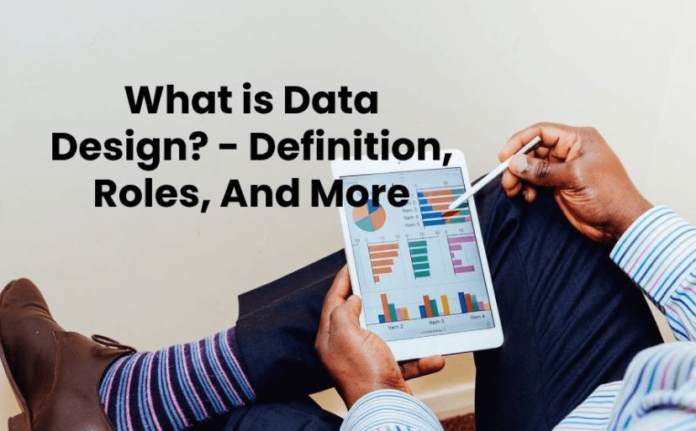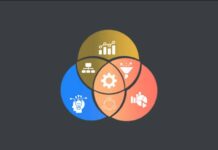Data visualization design combines both science and art, making it difficult for even newbies to master. However, if you intend to master data visualization and create a strong visual impact through meaningful content, it definitely is a critical skill to learn. Data visualization allows users to represent complex data in a visual form. In effect, it maps analog data to digital forms. If you are trying to convey a complex idea through your work, you will need to incorporate this key component into your work.
Data Visualization: If you want your upcoming keynote or speech to make an impression, your visuals should match your message. Data visualization makes it easy to tell visually how your content relates to the rest of the visual display. Whether it’s about a new product, a new invention, a new perspective on a problem, or a new approach to an issue, a data visualization can help you communicate effectively.
A good example of a successful data visualization design would be the “Big Bird” poster that was introduced back in 2021. The poster combined the visual appearance of a bird with the sound of a bird singing to give a captivating metaphor. While not the first or only example, this certainly was a memorable example of successful data visualization. Unfortunately, not all visuals inspire the same amount of awe. In order to inspire your audience, your data visualization designs need to have the ability to communicate the scope and complexity of your ideas.
Data Art: Data visualization designs are not just visual representations; they’re also a great way to communicate the scope and complexity of your ideas. As a good design, data visualizations can show, justify, simplify, or otherwise demonstrate the full range and meaning behind your ideas. Data visualization is the art of taking an idea, image, text, or other piece of data and putting together a complete idea within a single, cohesive concept. It includes not only good design, but also an understanding of how to work with visual media. For example, you might need to first show someone what they think is a car before showing them a broken down car on the side of the road.
Data storytelling: There are two basic types of data visualization design. First, there is the data story, a story that tells how information is gathered and used. Second, there is the visual data content. This includes the actual visual information (such as photos, maps, videos, etc). Data visual content tends to be less creative and more straightforward than data story, but it has the ability to convey important, complex, and subtle information more effectively.
The purpose of a data visualization design is to make the complicated visual information easy to understand and represent. When data visualizations are created, they are usually presented in charts or graphs, with pie charts, bar charts, or other graphical representations. In general, the more sophisticated the visual content the better. However, if a data visualization is created for a simple data set such as a pair of data visualizations showing age by neighborhood, then it probably doesn’t need to be super complicated. Simple graphs and line charts will do quite well.

![What is a POC [Proof of Concept]? – Definition, Uses, Features and More What is a POC [Proof of Concept]? – Definition, Uses, Features and More](https://www.todaytechmedia.com/wp-content/uploads/2022/02/r-218x150.jpg)









![Extratorrents Is Down : Here Are The Best Alternatives To Extratorrent Top 14 ExtraTorrent Alternatives + 12 Mirror Sites [Updated 2020]](https://www.todaytechmedia.com/wp-content/uploads/2020/02/featured-100x70.jpg)